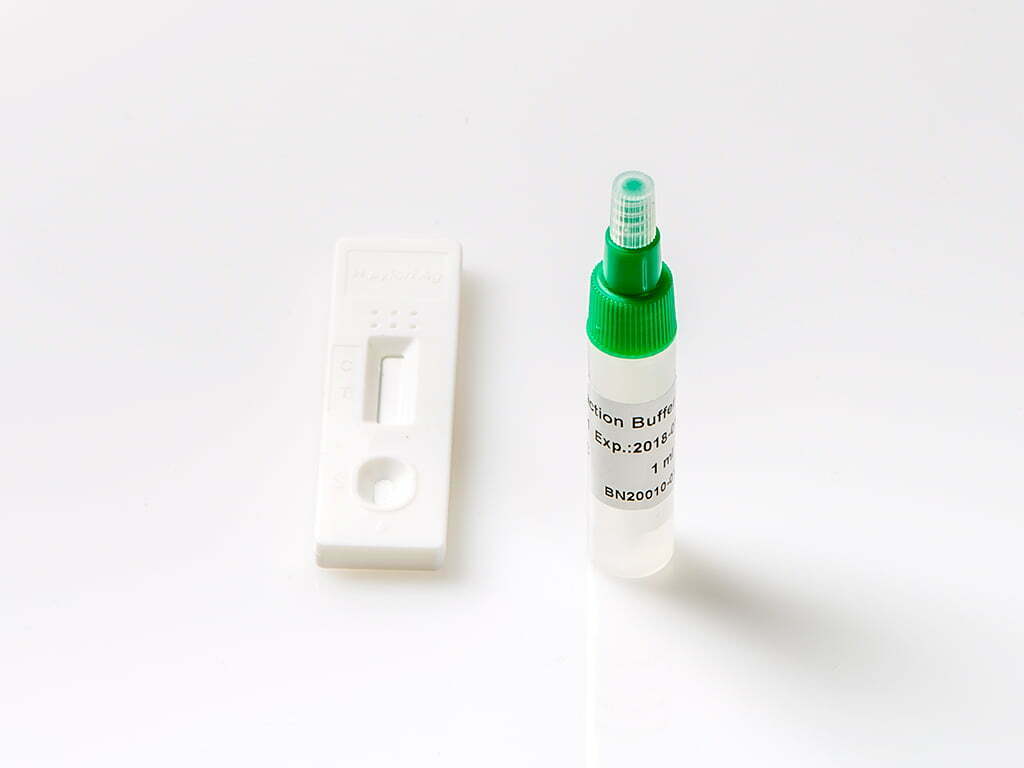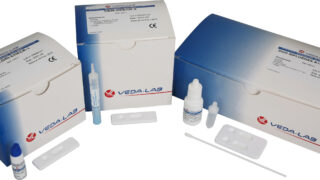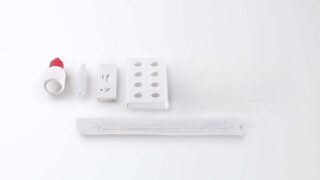Categories
H. Pylori Antigen Rapid Test
The Helicobacter pylori (H. pylori) test is a diagnostic test used to detect the presence of H. pylori bacteria in the stomach lining. This bacterium can cause digestive issues, such as gastritis and peptic ulcers. The test is typically performed through breath, blood, or stool samples and is available through healthcare providers and diagnostic laboratories. It helps diagnose H. pylori infections, allowing for appropriate treatment and management to alleviate stomach-related health problems.
Product information
H. Pylori Antigen test is a qualitative assay for the detection of H. pylori in stool samples. The method employs a unique combination of anti-human H. Pylori antibodies to specifically detect H. pylori with a high degree of sensitivity.
Advantages of H. Pylori Ag test
- Easy to perform
- No complex sample collection needed
- Accurate test result
General information
Helicobacter pylori (originally named Campylobacter pylori), when it was first discovered, is a spiral shaped microaerophilic bacillus which colonizes the surface epithelium of the gastric crypts and proximal duodenum. H .pylori is associated with a variety of gastro-intestinal diseases including chronic active-gastritis, gastric and duodenal ulcers and gastric adenocarcinoma. About 90% of patients with duodenal or gastric ulcers (demonstrated by culture and histological methods) are infected with H. pylori.
H. pylori infection can be detected either by invasive methods (biopsies culture, urease test) or by noninvasive methods (serology urea breath test (UBT) and faces test). UBT and faces test are the recommended methods for the follow up of patients after specific H. pylori eradication treatment. H. Pylori Antigen rapid test is a qualitative assay for the detection of H. pylori in stool samples.
The method employs a unique combination of anti-human H. pylori antibodies to specifically detect H. pylori with a high degree of sensitivity. As the samples flows through the absorbent device, the antihuman H. pylori antibodies dye conjugate binds to the H. pylori antigen, forming an antibody-antigen complex.
This complex binds to the H. pylori antibodies in the reaction zone (T) and produces a pink-rose color band. In the absence of H. pylori, there is no line in the reaction zone (T). The mixture continues flowing through the solid phase. Unbound conjugate binds to the reagents in the control zone (C) producing a pink-rose color band, demonstrating that the reagents are functioning correctly.
Test procedure
- Allow the samples and reagents to come to room temperature prior to testing.
- Remove the test device from the pouch.
- Break the tip of the collection device, squeeze 5 drops (150 μL) of extracted sample into the sample well (▷) of the reaction device.
- Read the results of the test 10 minutes after adding sample on the device. Do not interpret after 15 minutes.
Interpretation of the results
Negative result: One colored band appears in the control zone (C). No apparent band in the test zone (T). The sample does not contain Helicobacter pylori.
Positive result: In addition to the control band a clearly distinguishable band also appears in the test zone (T). The sample contains Helicobacter pylori.
Invalid result: If there is no distinct color band visible in the control zone (C), the test is inconclusive. It is recommended in this case to repeat the test.
| Product name | H. Pylori Antigen Rapid Test |
|---|---|
| Detection | Helicobacter Pylori Antigen |
| Type | |
| Sample Type | |
| Pack Size | |
| Format | |
| Analyte Detection |
Related products
-
Medical Tests
Legionella Pneumophila Rapid Test
Price requestThe Legionella pneumophila test is a diagnostic test that specifically detects the Legionella pneumophila bacteria, a common cause of Legionnaires’ disease. This test is used to assess the presence of this pathogen in water sources, such as cooling towers and plumbing systems. It’s crucial for ensuring the safety of water systems in environments like hospitals, hotels, and industrial facilities.
-
Heart Markers
BNP Rapid Test
Price requestThe B-type natriuretic peptide (BNP) test is a blood test used to measure the levels of BNP in the bloodstream. BNP is a hormone released by the heart in response to increased pressure or stress, often associated with heart failure. This test is used to diagnose and monitor heart failure and other cardiac conditions. It allows to assess cardiac function, guide treatment, and monitor the effectiveness of heart failure therapy. Elevated BNP levels can indicate heart problems and help physicians make informed decisions about patient care.
-
Medical Tests
RSV Rapid Test
Price requestThe Respiratory Syncytial Virus (RSV) test is used to detect the presence of RSV in respiratory secretions, typically collected via a nasal swab or throat swab. RSV is a common virus that causes respiratory infections, especially in infants and young children. This test is to confirm RSV infections, enabling appropriate treatment and care for affected individuals, particularly during the RSV season in colder months.
-
Medical Tests
FOB Rapid Test
Price requestThe Fecal Occult Blood (FOB) test, as a stool test, is used to detect the presence of hidden or occult blood in the feces. This test is vital for identifying gastrointestinal bleeding and potential issues such as colorectal cancer, polyps, or other digestive disorders. The test enables the early detection of colorectal health problems, which can lead to timely medical intervention and improved outcomes.

 Drug Test
Drug Test Heart Markers
Heart Markers Hormone Tests
Hormone Tests Medical Tests
Medical Tests Microbiology
Microbiology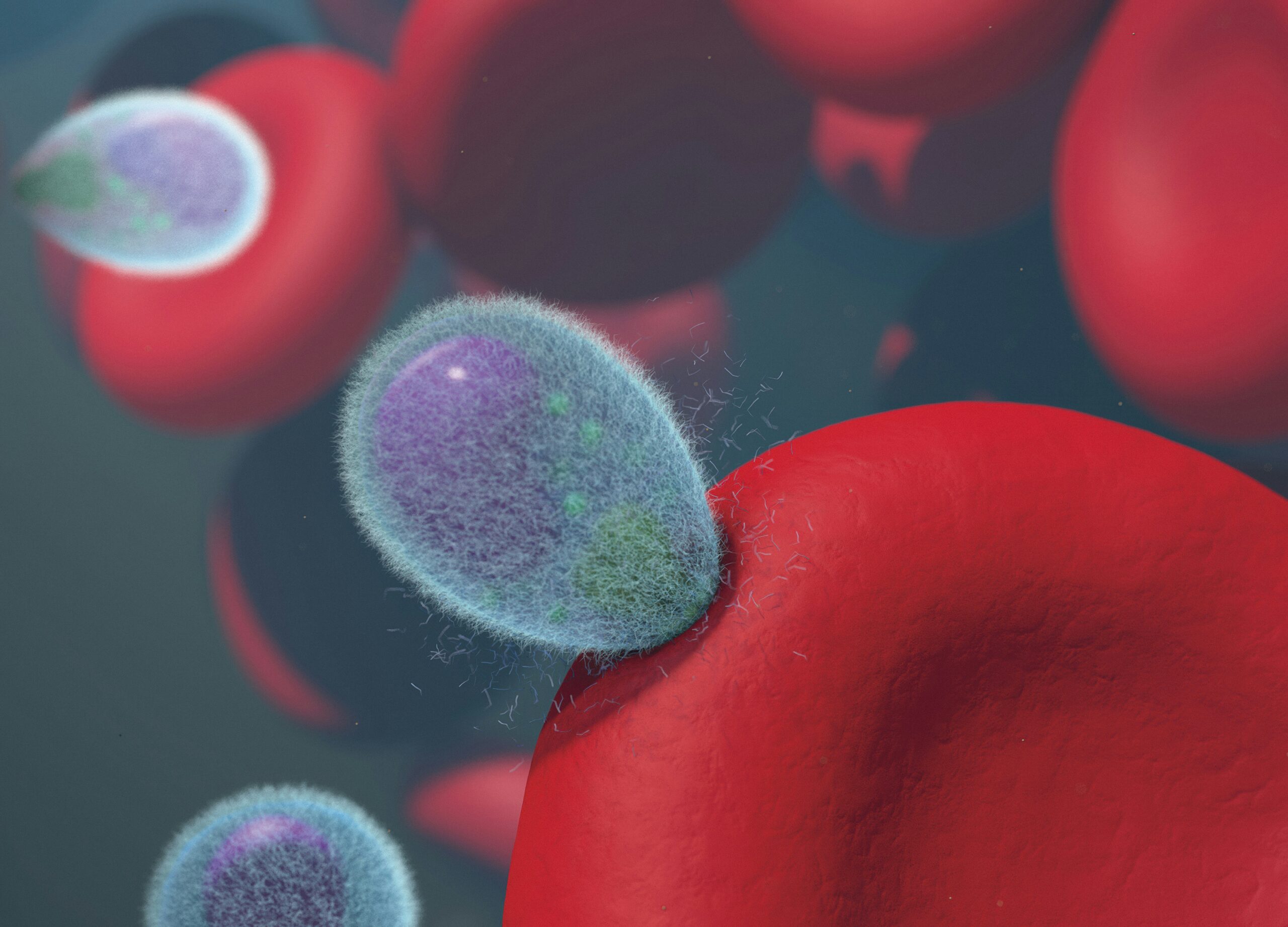 Parasite Infection
Parasite Infection Proteins and Inflammatory Markers
Proteins and Inflammatory Markers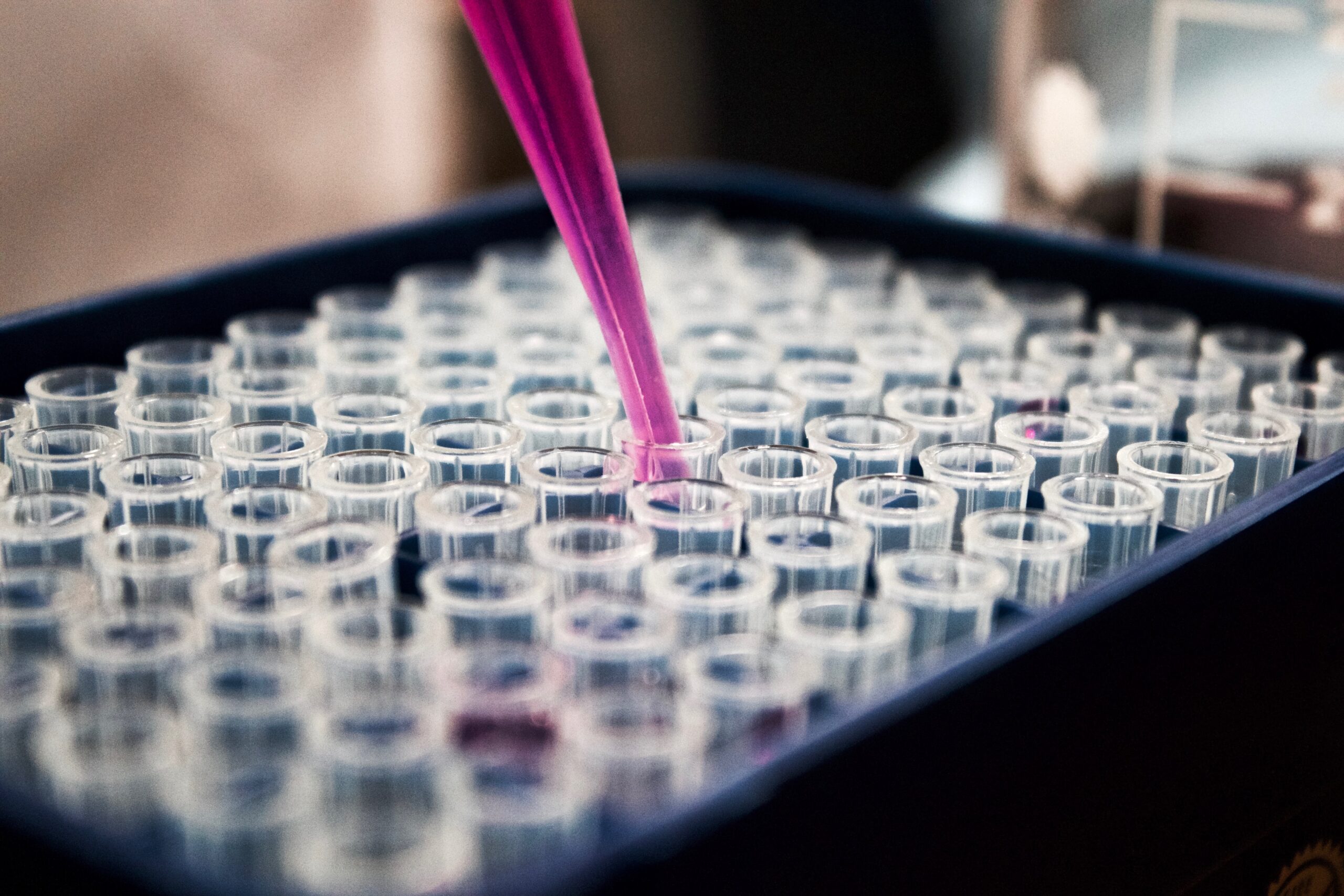 Qualitative Controls
Qualitative Controls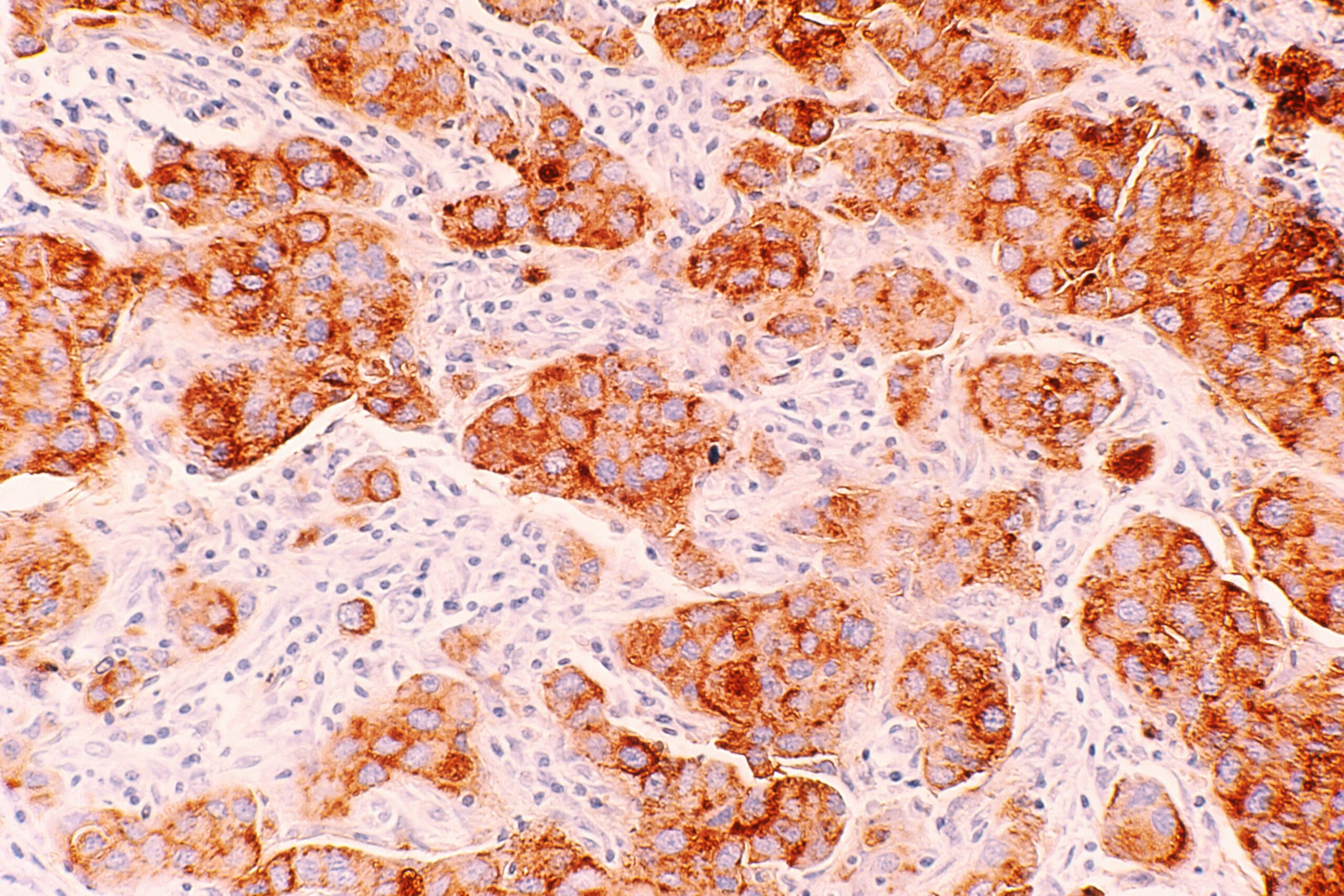 Tumor Marker
Tumor Marker Viruses
Viruses